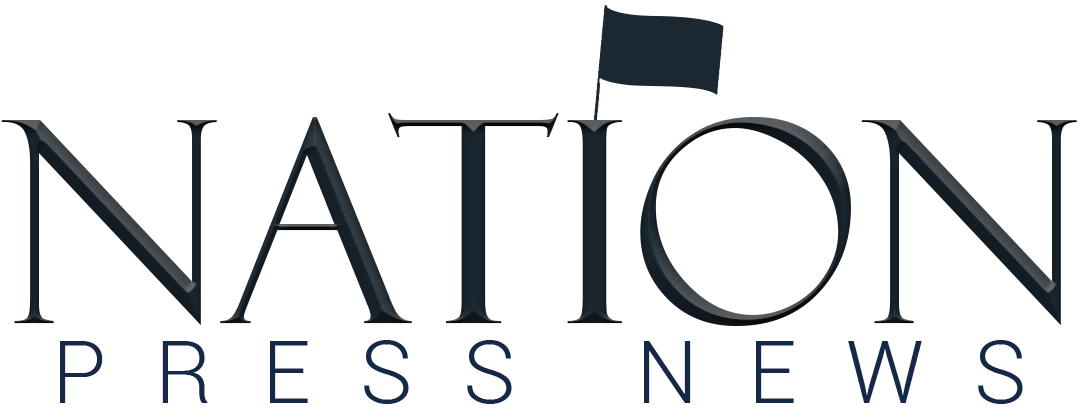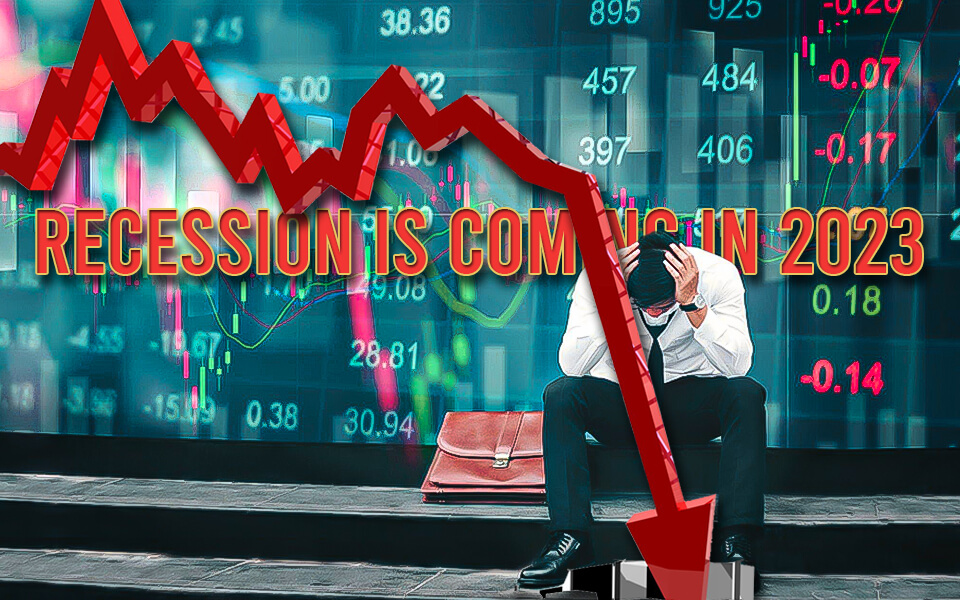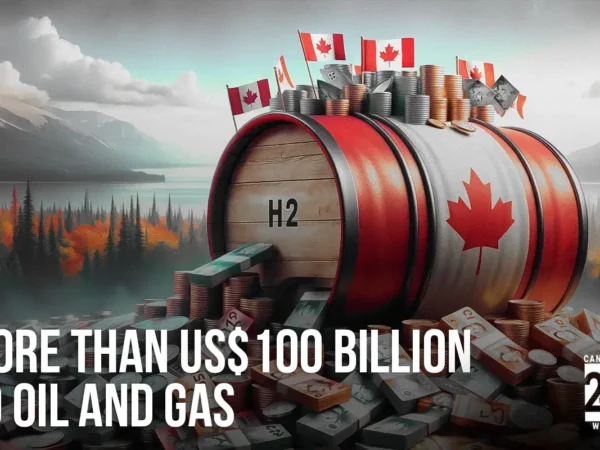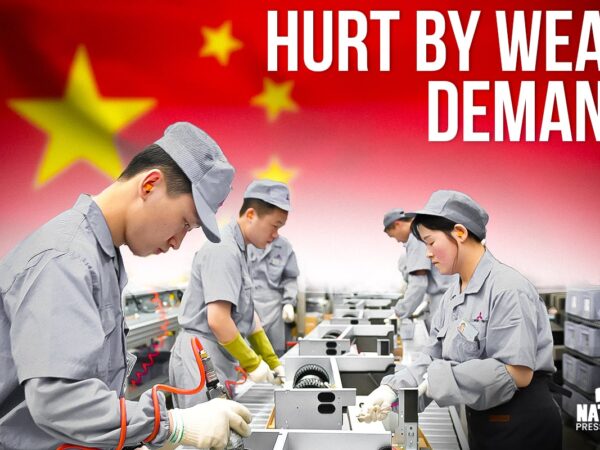Why everyone thinks a recession is coming in 2023
Economists have been predicting it for months and see it starting early next year. The severity and whether it is short or long is up for debate, but the fact is that the economy is going into a decline in the view of economists.
A recession is a temporary economic decline during which trade and industrial activity are reduced, generally recognized by a fall in GDP in two consecutive quarters.
It’s apparent when you have high inflation, and the Fed is increasing interest rates to end it, which results in a recession or downturn.
So ironically, right now, the Fed is slowing the economy after it was the one who came to the rescue after the last two downturns. The central bank helped lending by taking zero interest rates and increased market liquidity by adding millions of dollars in assets to its balance sheet. It is now unwinding the balance sheet and has raised interest rates from zero in march to 4.25% – 4.5% this month.
But in the past, policymakers did not need to worry about high inflation bothering consumers or corporate spending power creeping across the economy through supply chains and rising wages.
The Fed has to fight inflation now vigorously. It forecasts additional rate hikes up to about 5.1% by early next year.
It became impossible to earn money even though the interest rates were low, and the flow of credit slowed down. Mortgage markets were broken.
The findings are worse than the latest forecast from the international monetary fund. The institutions sent out warnings in October that more than 1/3 of the world economy will contract, and there is a 25% chance that the global GDP will go down to less than 2% in 2023, which defines a global recession.
- Published By Team Nation Press News







